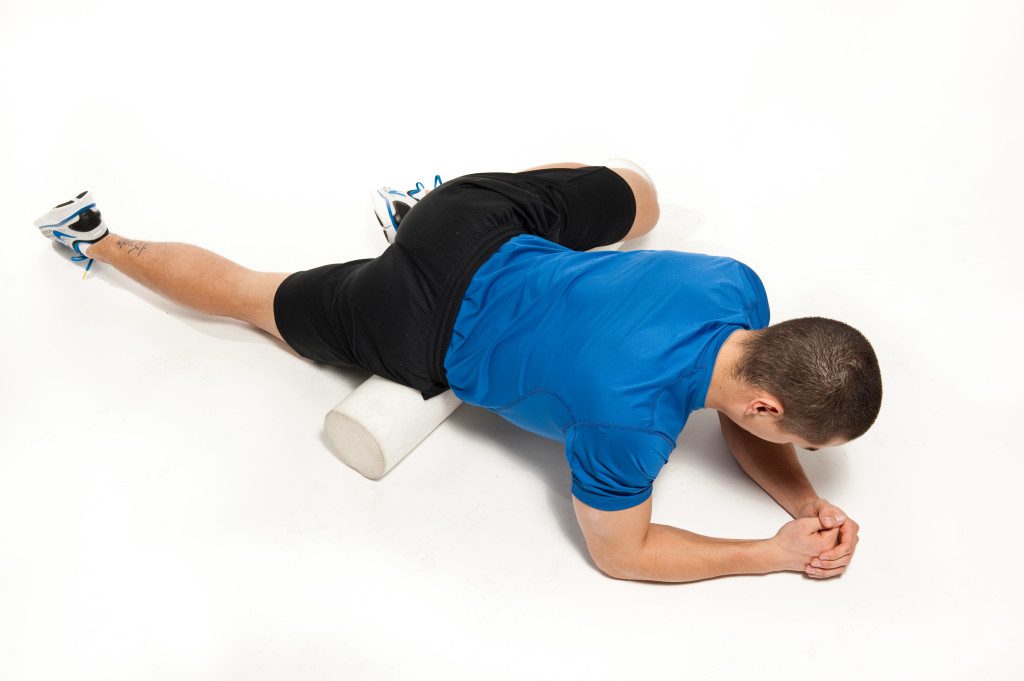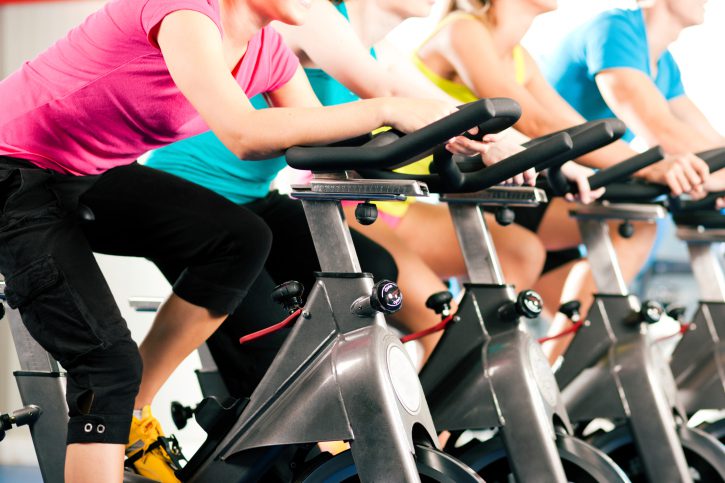10 (non-)running tips to improve your training


We runners know that if we really want to improve, get faster and possibly set a new PB, we’re going to have to work for it. More miles, more intervals, more hills. And after all the time and energy spent running and training, we usually feel we’ve done enough to achieve our goals.
But there’s more to running than the activity itself. What we do before and after, as well as how we mentally approach our running and training can have a significant influence on our performance and our overall enjoyment of and adherence to running.
Here are a handful of (non-)running tips you should consider to stay healthy, prevent injury and improve your training.
Sleep. Rest and recovery are an essential part of the training process. The harder you train, the more you need to recover in order to adapt and improve. Sleeping just a few extra hours per week allows the body and mind more time to recover and ready itself for more. Aim to add an extra 30 minutes of sleep each night. For greater benefits, add even more.
 Nutrition. What, when and how much you eat both before and after you run makes a big difference to your training. Maintaining a healthy and stable weight will also go far to achieving your goals and running at your best. No runner can reasonably expect to improve without paying some attention to what they eat.
Nutrition. What, when and how much you eat both before and after you run makes a big difference to your training. Maintaining a healthy and stable weight will also go far to achieving your goals and running at your best. No runner can reasonably expect to improve without paying some attention to what they eat.
Strength training. More and more evidence now shows that a bit of strength training goes a long way. Lifting weights and doing body-weight exercises such as squats, push-ups and pull-ups are known to quicken metabolism, build and maintain lean muscle mass and prevent age-related muscle deterioration. Strength training sessions can last as little as 20 minutes and should be done two-to-three times a week.
Core work. Exercises that engage and strengthen your core, done only twice per week, 10-20 minutes per session, will help improve your running efficiency and economy, especially during the late stages of a long run or race. Having a strong core will also allow greater capacity for speed training.

Foam rolling and massage. An excellent habit to form after any run, but particularly after a hard effort or long run. These recovery techniques can be done conveniently within your own home, are relatively inexpensive and don’t take much time. Best of all, they will help you recover and rebound for your next effort.
Ice baths. The science is still unclear whether ice baths can be an effective method of hastening recovery. Although uncomfortable, many runners swear by them. Said to reduce inflammation and soreness by causing vasoconstriction, exposure and immersion to cold water may leave you feeling less sore and achy in the following hours and days. Not willing to endure? Try a tight-fitting pair of compression socks or garments which aim to do the same thing.
Stretching. Another area of contention and debate is whether or not to stretch pre- and post-run. Static stretching, especially before a run, is no longer considered good science, but dynamic stretching both before and after can be good for warming and loosening up stiff muscles and joints. Increasing overall flexibility (to a degree) is also an area that most runners could aim to improve. Specific stretching courses like yoga are a great mind and body exercise to consider.
 Cross-training. Embrace non-running activities such as cycling, swimming and others. Not only will it provide a mental break from the monotony of repetitive running, but it can also reduce injury risk by engaging muscles and movements not utilized while running.
Cross-training. Embrace non-running activities such as cycling, swimming and others. Not only will it provide a mental break from the monotony of repetitive running, but it can also reduce injury risk by engaging muscles and movements not utilized while running.
Supplements. Runners – females in particular – may be at risk of various micro-nutrient deficiencies such as iron, calcium and vitamins D and E. Taking a regular supplement, either a multivitamin or a specific nutrient supplement, is one way to avoid falling into a deficient state.
Mental training. Visualization, goal setting and reflecting on past training are simple tricks and techniques that can be done almost anytime, anywhere and can help you improve performance. As you approach a key race or run, imagine how you want to feel and picture yourself in the moment as vividly as possible. Reflect back on recent training and specific workouts to set and reinforce your performance goals. Be sure to set multiple goals including some that highlight the process in addition to the outcome.


